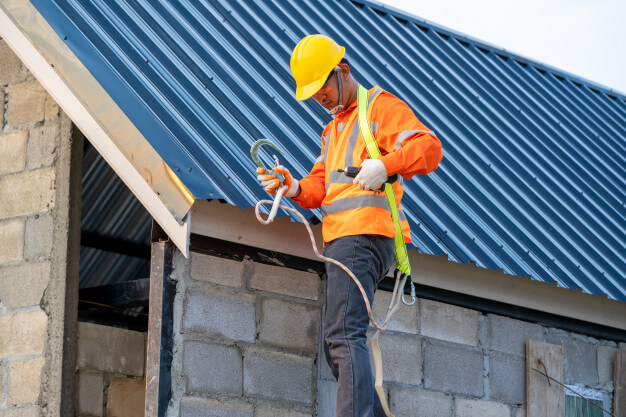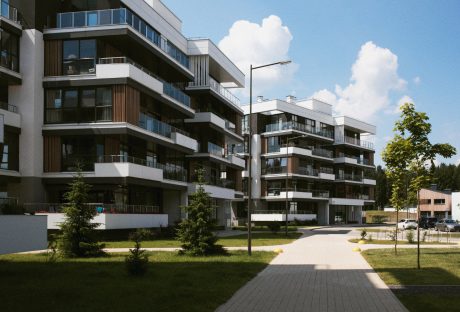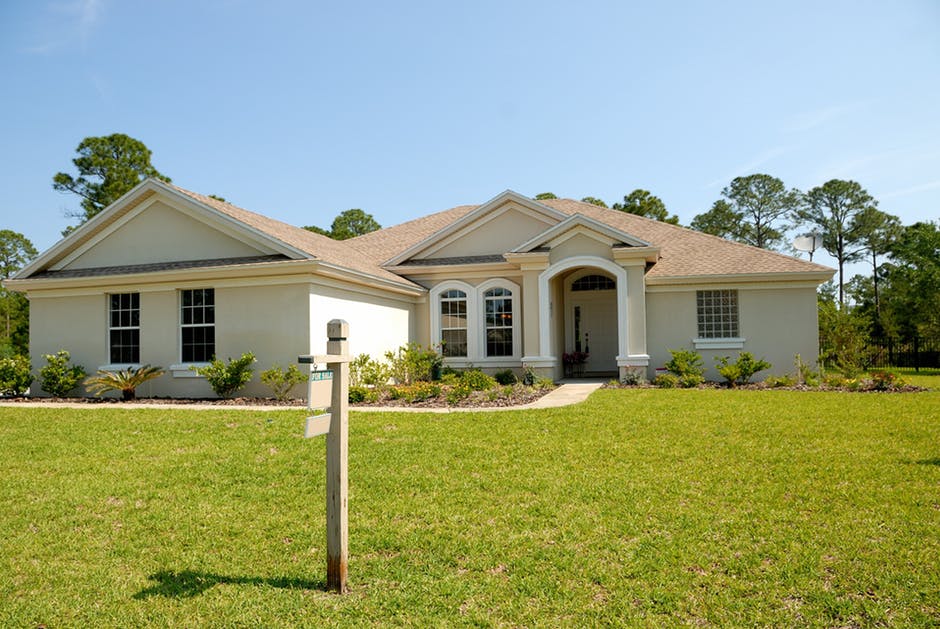With the recent changes in regards to the amount of tax that landlords pay, it has led to many people questioning whether property investment is still profitable. There is not a simple yes or no answer to that question, as all situations are different. For example, buying a single second property with a high mortgage rate is unlikely to be a big earner. And you need to think about whether property values are going to drop, as you could actually end up worse off.
However, there are plenty of property investment strategies that do still work and that people are making good money out of. One such strategy is buying houses at auctions for below the market value and then refurbishing them and selling them on at a profit. Now if you have never been to a property auction before then you will need to learn the set up in terms of house bidding. But experienced property investors use auctions as a huge opportunity to make money.
Refurbishing :
Some investors have a strategy of ‘flipping’ a property whereby they buy the property at a low price and then they do some pretty basic repairs to make the property a more attractive option for people looking to buy a house. They work with tradesmen that they have good working relationships with and therefore can get a lot of the work done at cheaper rates than your average house buyer would be able to.
The refurbishment might involve just putting a cheap carpet down and giving the rooms a fresh coat of paint. The work doesn’t have to cost much when investors know what they are doing and how to make a property look more attractive as a potential home.
HMOs (House in Multiple Occupation)
Another popular strategy for property investors is buying a large property that they can turn into an HMO (house in multiple occupations). Here they will find a larger property on the market and assess whether it is suitable for turning into a shared property, incorporating the necessary construction work to adapt the property to create numerous living spaces.
There is quite a lot of work involved in this type of property strategy and it isn’t something you would easily take on as your first property investment project. You need to know the legalities involved and you need to be able to identify an area that is going to be suitable for this kind of venture. Understanding the area and the demand for rental property is a key dependency on this being a successful investment strategy.
Before you think about moving into property investment, it is definitely worth doing a whole lot of research before you put any money into it. There are so many people out there that rushed into property investment, thinking that they could easily buy a house cheaper than market value and do it up before quickly selling on. Then the housing market crashed and they ended up being left with a house that they could not sell or had to sell at a loss. So do your research about the market, about the area of the property that you are looking at, learn about all of the legal requirements that play into the investment opportunity. Factor in the financials like interest rates and tax.
You also want to be doing some groundwork in regards to finding tradesmen that will be a key part of making money through property refurbishments. When you have done all of that, you can think about whether or not you are in the position to make money through property investment.
Read Also :























